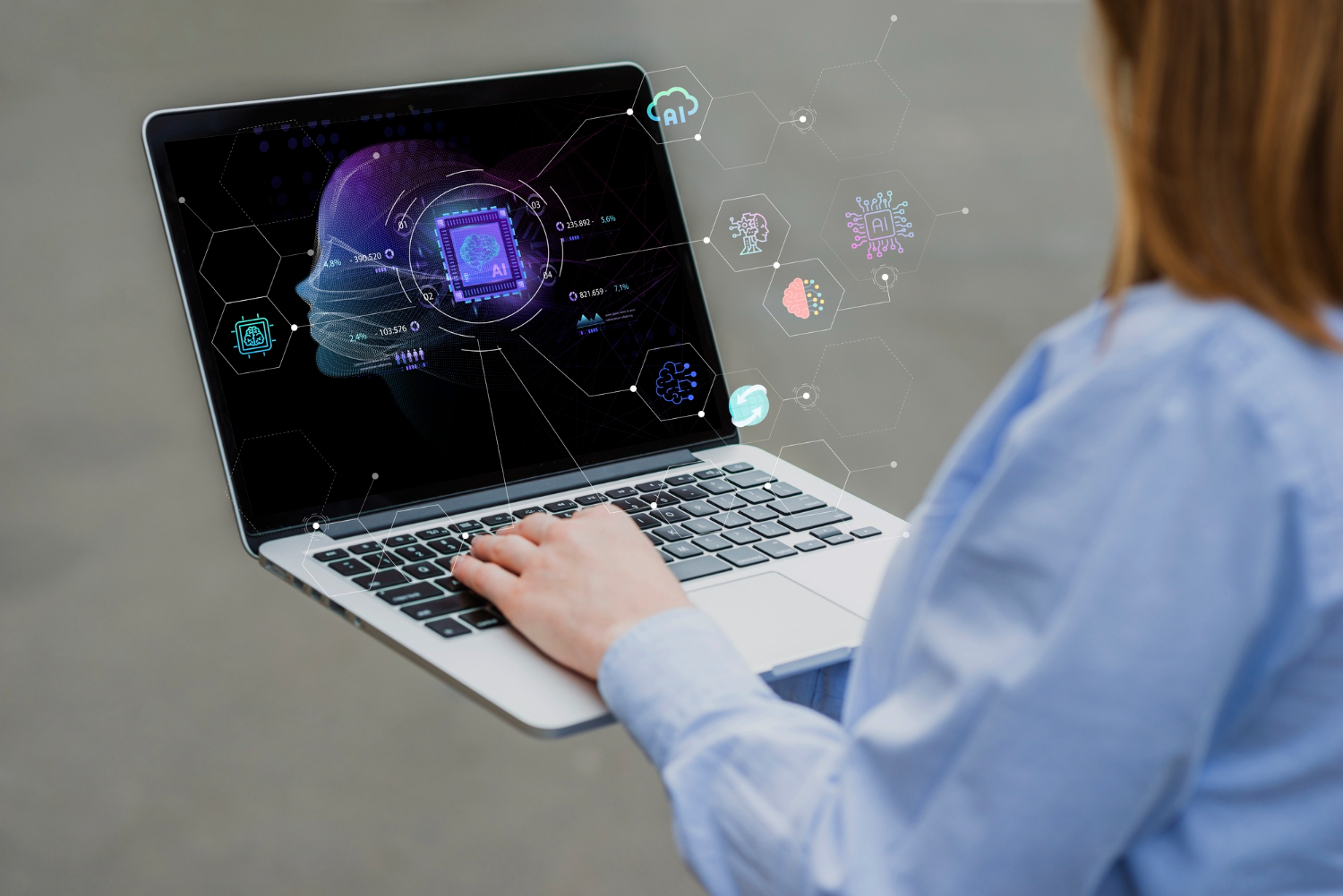![]()
Artificial Intelligence (AI) is a transformative technology that has permeated various aspects of our lives, from personal assistants like Siri and Alexa to complex systems in healthcare and finance. At the heart of AI are agents, which are entities that perceive their environment and take actions to achieve specific goals. This blog post will delve into the different components of AI and agents, providing a comprehensive overview of their functionalities and applications.
What is Artificial Intelligence?
Artificial Intelligence refers to the simulation of human intelligence in machines that are programmed to think and learn like humans. AI can be categorised into two types:
Narrow AI: Also known as Weak AI, it is designed to perform a narrow task (e.g., facial recognition or internet searches).
General AI: Also known as Strong AI, it possesses the ability to perform any intellectual task that a human can do.
Components of AI
AI systems are built from several key components, each playing a crucial role in the overall functionality:
a. Machine Learning (ML)
Machine Learning is a subset of AI that involves the use of algorithms and statistical models to enable machines to improve their performance on a task through experience.
ML can be further divided into:
Supervised Learning: The model is trained on labelled data.
Unsupervised Learning: The model is trained on unlabelled data.
Reinforcement Learning: The model learns by interacting with its environment and receiving feedback.
b. Neural Networks
Neural Networks are a series of algorithms that mimic the operations of a human brain to recognise relationships in a set of data. They are the foundation of deep learning, a subset of ML.
Key types include:
Feedforward Neural Networks: Data moves in one direction from input to output.
Convolutional Neural Networks (CNNs): Primarily used for image recognition tasks.
Recurrent Neural Networks (RNNs): Used for sequential data like time series or natural language processing.
c. Natural Language Processing (NLP)
NLP is a field of AI that focuses on the interaction between computers and humans through natural language. It involves tasks such as:
Text Analysis: Understanding and processing human language.
Speech Recognition: Converting spoken language into text.
Machine Translation: Automatically translating text from one language to another.
d. Computer Vision
Computer Vision enables machines to interpret and make decisions based on visual data from the world. It involves:
Image Classification: Identifying objects in an image.
Object Detection: Locating objects within an image.
Image Segmentation: Partitioning an image into multiple segments.
Understanding Agents in AI
An agent in AI is an entity that perceives its environment through sensors and acts upon that environment through actuators. Agents can be classified based on their complexity and capabilities:
a. Simple Reflex Agents
These agents select actions based on the current percept, ignoring the rest of the percept history. They operate on a condition-action rule (if-then).
b. Model-Based Reflex Agents
These agents maintain an internal state that depends on the percept history, allowing them to handle partially observable environments.
c. Goal-Based Agents
These agents act to achieve specific goals. They consider future actions and their outcomes to make decisions.
d. Utility-Based Agents
These agents aim to maximise their performance measure by considering the utility of different actions. They are used in scenarios where multiple goals need to be balanced.
e. Learning Agents
These agents have the ability to learn from their experiences and improve their performance over time.
They consist of four components:
Learning Element: Makes improvements.
Performance Element: Chooses actions.
Critic: Provides feedback.
Problem Generator: Suggests actions to explore.
Applications of AI and Agents
AI and agents are used in a wide range of applications, including:
Healthcare: AI-powered diagnostic tools, personalised treatment plans, and robotic surgery.
Finance: Fraud detection, algorithmic trading, and personalised financial advice.
Transportation: Autonomous vehicles, traffic management systems, and predictive maintenance.
Customer Service: Chatbots, virtual assistants, and automated support systems.
Entertainment: Personalised content recommendations, game AI, and interactive storytelling.
Conclusion
AI and agents are revolutionising various industries by providing intelligent solutions to complex problems. Understanding the components and functionalities of AI and agents is crucial for leveraging their full potential. As technology continues to advance, the capabilities of AI and agents will only grow, leading to even more innovative applications and transformative impacts on our world.
